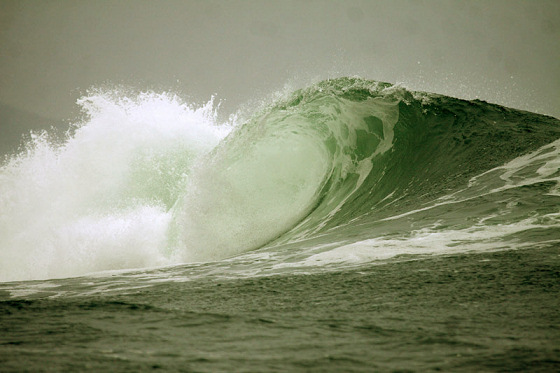The Law for the Preservation of Waves has been approved by the Peruvian Government ten years ago. The world’s first federal law that specifically protects surf spots actually includes an official registry of waves, listed by geographic coordinates and these waves are protected from physical harm under this law.
However, this important law hasn’t gone into effect yet. For the law to be implemented, several ministries, federal agencies, and institutions must "approve" its language and enshrine it as the rule of the land. As a consequence, Peruvian waves are still facing constant threats.
Peru is blessed with a coastline of world-class breaks, some of the top surfers on the globe, a vibrant surf culture, and a fascinating surf history. Many Peruvians have recognized the importance of protecting the coastline to not only preserve Peru’s heritage, but also for the country’s economy.
Peru has become a top surf destination, with national and international surfers chasing swell up and down the coast.
To keep the pressure on the Peruvian government to implement Law 27280, more than 100 surfers and bodyboarders recently paddled out at Playa Waikiki in Miraflores, Lima to ask authorities to implement Law 27280.
FENTA, Sociedead Peruana de Derecho Ambiental and Save The Waves will continue to urge the Peruvian government to protect its breaks by implementing this landmark legislation.
